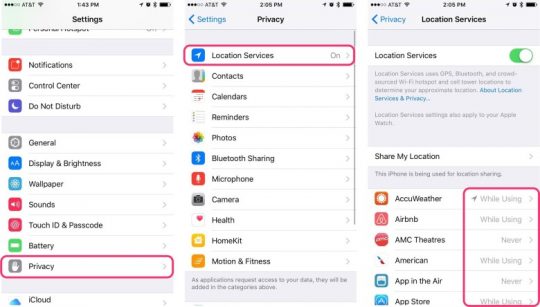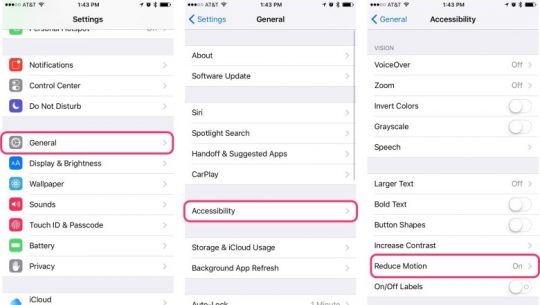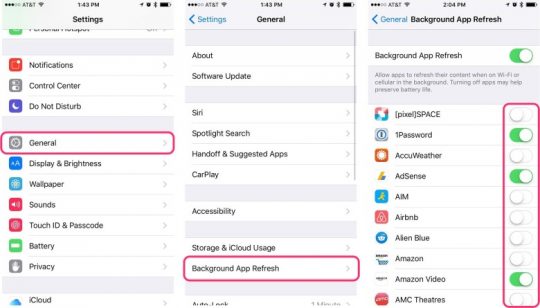It is common after a new iOS update for older model iPhones to become a little sluggish. Here are four tips to getting your iPhone running up to speed again.
1. Reboot your iPhone
Sometimes a simple Reboot is the key to improving your iPhone’s performance. You can easily Reboot your iPhone by holding down the Home button and Power/Lock button at the same time. Keep holding these down and your iPhone screen will turn off. Once the device turns back on and you see the Apple Symbol, release the hold.
2. Turn on Reduce Motion
The new iOS update is full of fancy animations that older models can’t handle as well. You might have noticed these animations when opening and closing applications, as well other more subtle animations to describe the apparent movement of your icons and wallpaper. Luckily, Apple has incorporated a Setting to reduce these features, hopefully speeding things up for you.
To turn on Reduce Motion open up Settings and choose General. Go to Accessibility then Reduce Motion and turn this feature ON.
3. Change your background refresh settings
Many apps will ask you to allow them to refresh in the Background. Often when you’re eager to try a new app you might quickly tap OK without much thought but later find your phone running slow and its battery draining quickly. So every now and then, it is a good idea to tweak your settings to make sure you only have this operating for the apps you really want. A common battery-eating application is the Facebook app, which you may find has been refreshing in the background and accessing your location constantly, slowing down your device and draining your battery and data.
You can adjust which apps can refresh in the background by going into Settings and choosing General. Scroll down and select Background App Refresh. In this menu you can opt to turn off Background App Refresh for all applications or individually switch it on for the apps you choose.
4. Change your location settings
To change the location settings of your apps, and choose which apps and when can access your location go to Settings and choose Privacy, then Location Services. From here you again turn off Location services for all Applications, or more likely (especially if you use navigational applications, such as Apple or Google Maps) choose individually which apps can access your location. You can also decide whether you would like the app to access your location While Using the application or Always, in the background.













